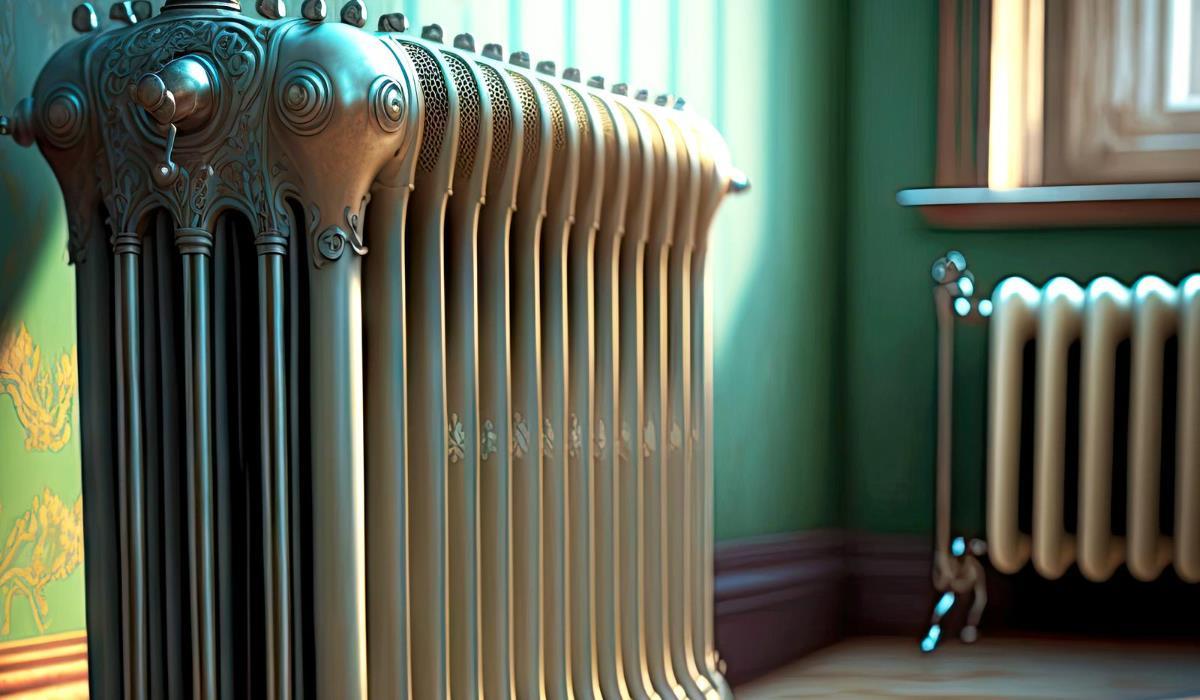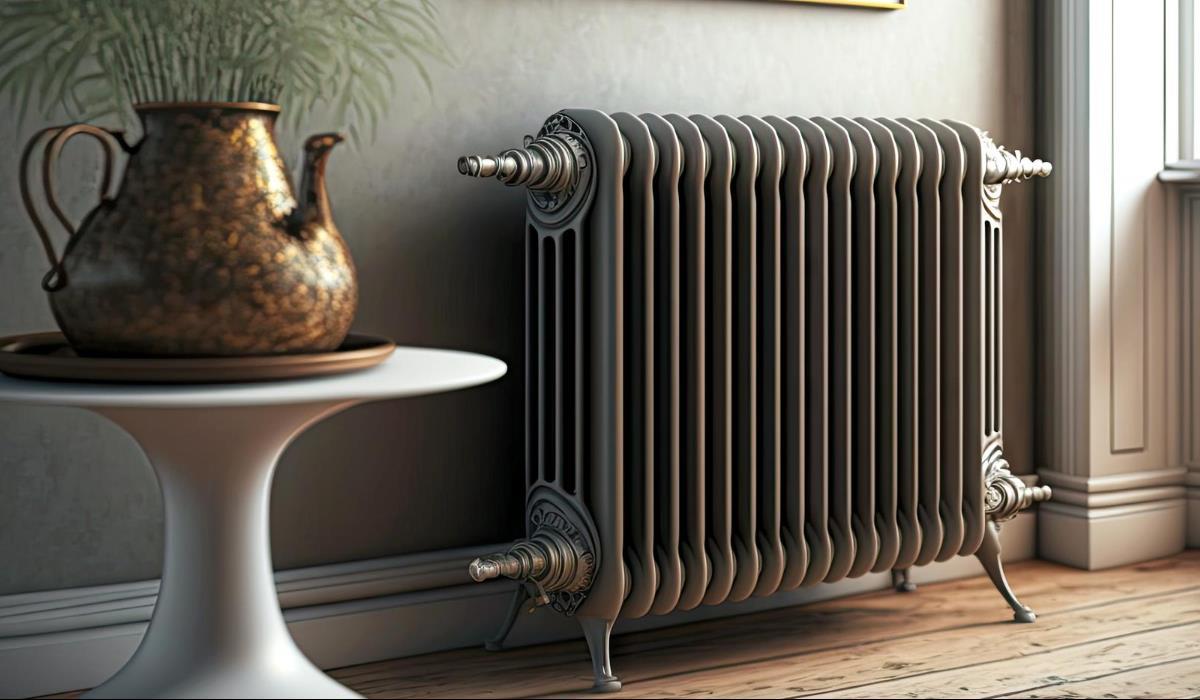Cast iron radiators are an elegant and durable solution for your home. Available in various shapes and colors, they allow you to easily select the right heating power for each room. Their modularity and competitive price make them one of the best choices on the market.
A cast iron finned radiator consists of cells, called fins, which have two thin-walled vertical channels connected to two horizontal stubs. The two extreme stubs are used to connect to the installation, and the other two are plugged. The structure of the ribs is usually more complicated, their outer surface may be more developed. This is to increase mechanical strength, increase the heat exchange surface with the surrounding air and make the appearance more attractive.
Characteristics of a cast iron radiator
Cast iron radiators are extremely durable – their service life reaches up to half a century. They are also not very sensitive to water quality, which is very important in hard water. What’s more, cast iron is characterized by high resistance to corrosion, thanks to which cast iron radiators do not pose a risk of so-called electrochemical corrosion.
A characteristic feature of cast iron radiators are large internal cross-sections, which means low flow resistance. Therefore, they are especially recommended for installations with gravity water circulation. It takes place without the use of a pump, only as a result of the natural rising of lighter heated water and falling of heavier cooled water (convection). Combined with the relatively large mass of cast iron, this gives the radiators high thermal inertia. They heat up slower, but also retain heat longer after the power goes out. In traditional installations, especially with solid fuel boilers, this was considered an obvious advantage.
Cast iron radiator and its installation
Installation of cast iron radiators, however, requires special types of suspensions. Their weight can be a problem when using lightweight technologies, so it is worth paying attention to this aspect when planning the installation.
Tip: We recommend equipping cast iron radiators with valves with thermostatic heads. Although they have a certain thermal inertia, which makes the room temperature change in the range of ± 1°C, the use of valves with thermostatic heads will allow for precise adjustment of the room temperature to our needs.
Summary

A cast iron radiator is an exceptionally durable and elegant solution for your home. Large internal cross-section and low flow resistance make them especially suitable for installations with gravitational water circulation. However, it is worth remembering that their installation requires special types of suspensions, and the provision of valves with thermostatic heads will allow for precise adjustment of the temperature in the room to our needs.



